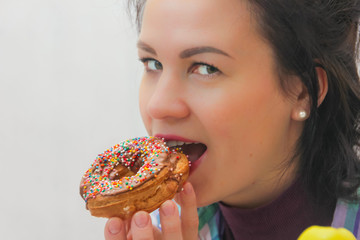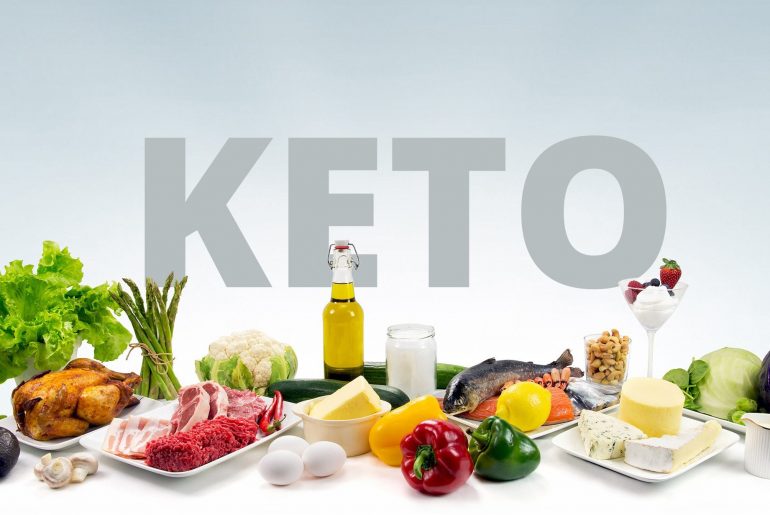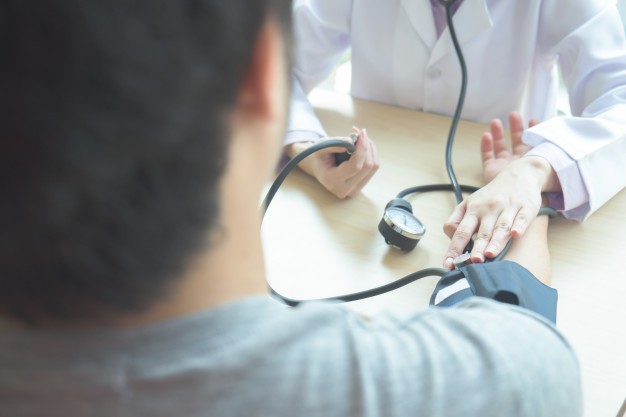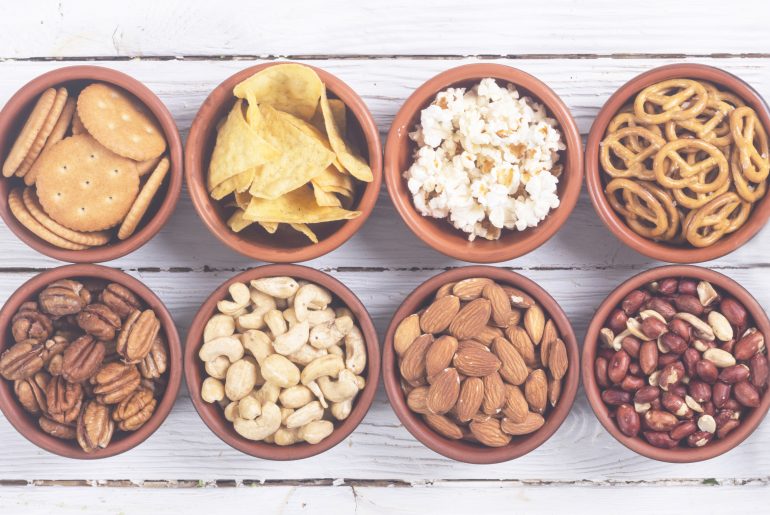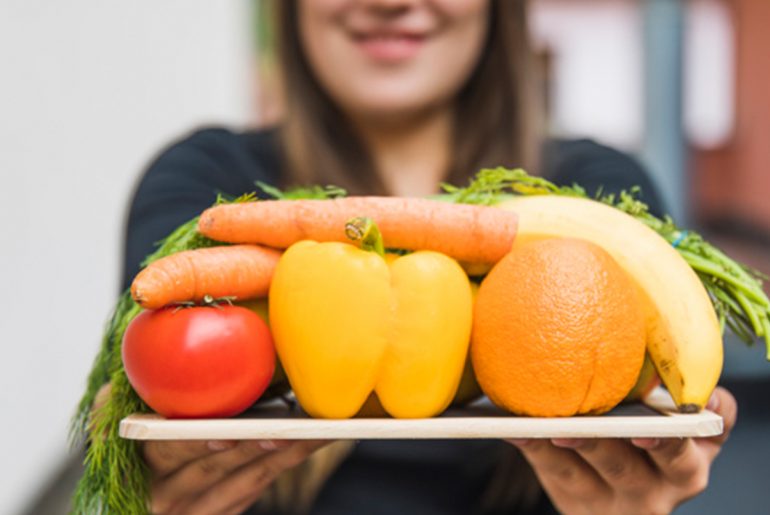We know how fat gets into our body. We eat cakes laden with cream, samosas laden with oil and malai kulfi laden with malai. Food high in fat is a sure way for fat to eat its way into your body through our mouth, sit in places we do not want it to sit and stay stubbornly put until we do something about it. But do you know how fat leaves the body?
What happens when the extra jiggly bits on your arms, your thighs, your abs start looking slimmer because you have been working out or dieting, or both? What happened to the excess fat that you had accumulated? Where has it disappeared? Any guesses? Surprisingly, not many qualified doctors, nutritionists and fitness trainers know the correct answer. Welcome to The Big Fat Mystery.
Where dose the fat disappear?
To understand where fat goes, we first need to understand what fat is.Fat tissue is composed of lipids biological molecules made up of compounds of hydrogen, oxygen and carbon that store energy in their bonds. When we exercise or make successful attempts to burn fat, the molecules are broken apart, the energy stored in these l bonds is released.
But when this happens, where does the extraneous `padding’ that lines our bellies and bums go? Well, while the energy is released, the hydrogen, carbon and oxygen in those molecules still remain in your body. What , becomes of them?
How do they get released?
The same way they came in. We exhale it. Biologists at the University of New South Wales (Australia) have now conducted in-depth research on where the mass of your fat goes after you burn it inside your body. For every kilo of fat you burn, 80 per cent of that mass is released as carbon dioxide when you exhale. The rest of the 20 per cent is released through water urine, sweat or tears, if you really hate to exercise.
Fact of the ‘Matter’
Why this happens is quite simple really. Remember, matter cannot be destroyed it can only change form. For example, ice and steam are just changed, altered states of water. In other words, if we accumulate fat in terms of actual physical visible fat, it needs to change its form to another if it has to be expelled during the burning process.
And why does this matter? It’s good to understand what happens to the fat that you are burning because when you are on that treadmill, huffing and puffing away, you will know that every breath you ex hale is a sign of fat leaving your body, and that you are inching closer to losing those inches.
When you are exercising at a pace that’s optimal for fat burning, know that the sweat you see on your clothes is not just sweat, and exhalation is not just exhalation.
It’s a sign that a particular mass of fat has truly been expelled from your body. And -depending on how disciplined you are -it’s not going to return soon.


